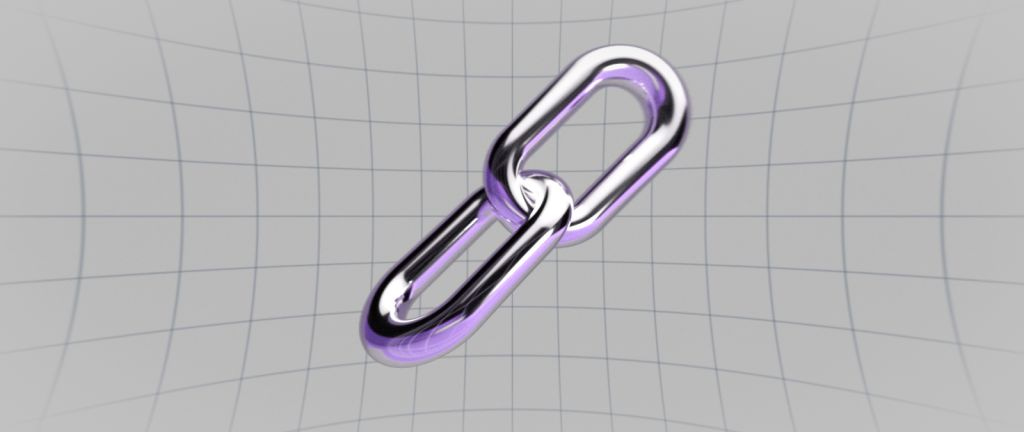How Rollups are Transforming Decentralized Finance?
Over the past few years, I’ve dived deep into the world of DeFi, focusing on its scalability and security. In this blog post, I’m excited to share key insights from my research on rollups.
DeFi (Decentralized Finance) is revolutionizing traditional financial services by leveraging blockchain technology. These services encompass everything from token exchanges to borrowing, lending, and asset management. One of the unique features of DeFi is its permissionless nature, allowing any user to become a market maker—a role traditionally reserved for large financial institutions. This market-making, also known as yield farming, is a crucial component that powers DeFi protocols to offer highly competitive rates.
Why DeFi Matters: Unveiling the Future of Finance
The emergence of cryptocurrencies heralded a new era in finance, marked by decentralization, transparency, and accessibility. Decentralization means banking services without banks or any other intermediaries, all provided by smart contracts - blockchain computer programs.
The Challenge: High Gas Prices
Despite its enormous potential, the growth of DeFi has been significantly hampered by high gas prices. Gas fees are charges imposed by blockchain operators to execute transactions. While reading data from the blockchain is free, writing and executing smart contracts (computer programs on the blockchain) incurs costs. This issue has been particularly pronounced on Ethereum, the first programmable blockchain that enabled the creation of smart contracts and, consequently, DeFi.
Ethereum was the first programmable blockchain to allow smart contracts, which gave birth to DeFi. Other blockchains, often called "Ethereum killers" like Solana, Polygon, and Cardano, have attempted to build systems that can process more transactions per second at lower fees. Yet, aside from Bitcoin, Ethereum, and possibly Solana, no Layer-1 blockchain has garnered significant user transactions. This landscape began to change with the advent of rollups, prompting a shift in user activity from Ethereum to these rollups. So, what makes rollups so successful?
Enter Rollups: A Game-Changer for DeFi
To tackle these challenges, rollups have emerged as a novel solution. Rollups are a type of Layer-2 scaling solution that processes transactions off the main Ethereum chain (Layer-1) and then bundles them into a single transaction. This significantly reduces gas fees and increases transaction speeds, making DeFi more accessible and efficient.
The success of rollups lies in their security model: rollups leverage the security and data integrity of the underlying blockchain, typically Ethereum. While Ethereum is secured by billions of staked ETH, rollups compress their transactions into Ethereum transactions. Consequently, rollups, although blockchains, do not have their own consensus mechanisms, validators, or miners. Instead, they rely on the consensus, validators, and security of the underlying chain. This means users do not need additional trust assumptions, unlike with new Layer-1 blockchains. The lower value of staked tokens in L1s makes them less resistant to economic attacks compared to Ethereum.
Consequently, the DeFi community is gradually moving from Ethereum to its rollups. Vitalik Buterin encourages developers to build dApps on rollups, and Ethereum has a rollup-centric roadmap, aiming for Ethereum to become the settlement layer while user activities take place on rollups.
Key Advantages of Rollups:
Lower Gas Fees: Currently, gas fees on rollups are around $0.01, compared to $10-50 on the Ethereum mainnet. This makes smaller transactions feasible and encourages broader participation.
Faster Transaction Times: Block production on rollups occurs in less than 2 seconds, compared to 12 seconds on Ethereum and 10 minutes on Bitcoin. This means transactions are processed almost instantaneously.
No MEV Auctions: Maximum Extractable Value (MEV) refers to the transaction re-ordering done by validators. Rollups do not have MEV auctions, eliminating this type of transaction manipulation and ensuring a fairer transaction process.
Demystifying Layer-2 Blockchains: Layer-1 vs Layer-2 (Part 1)
TL;DR L2 offers lower gas costs compared to Ethereum Unlike Layer-1 blockchains, L2s preserve Ethereum security, guaranteeing the immutability of transaction history and smart contracts. This makes them a perfect solution for tokenized RWA, or institutional blockchains.
Impact on DeFi
Smaller Transaction: with lower gas fees, it becomes feasible to execute smaller transactions on rollups.
Arbitrage: Faster transaction times and lower gas fees allow for quicker exploitation of price discrepancies between decentralized and centralized exchanges, leading to greater price equality—beneficial for traders.
Lending Protocols: Faster updates from oracles enable quicker liquidation of bad debts, increasing security for lenders and making the DeFi ecosystem more robust.
Challenges with Rollups
While rollups offer many benefits, they are not without challenges:
Upgradability: Rollups are still under development and require upgrades that depend on community decisions.
Centralized Sequencers: Currently, centralized sequencers aggregate transactions into Layer-1 transactions. However, plans are in place to decentralize these sequencers to mitigate centralization risks.
Finality: Finality refers to the time until the transaction becomes irreversible from the blockchain ledger. There is soft and hard finality in the case of rollups, as the first one refers to the irreversibility from the L2 network and the other from the L1 network. While there is a risk of transaction reversal at rollups, current bridge operations mitigate this risk.
Conclusion
Through my research, I’ve explored how rollups are transforming the DeFi landscape by addressing scalability and security issues. By leveraging the security and data integrity of the underlying blockchain (typically Ethereum), rollups offer a scalable, efficient, and secure solution for DeFi transactions.
🔄 Imagine being a trader eager to buy tokens. Whether the transaction fails due to blockchain limitations or exchange issues, you just want your trade executed smoothly. Rollups are making this a reality, paving the way for a more seamless and efficient DeFi experience.
Stay tuned for more updates on my research and the evolving world of DeFi!





Great article! Love the subtle point on how gas efficiency doesn’t just help users but it can help with risk management cadence in lending protocols.
One additional challenge I see is interop. The proliferation of multiple roll-ups makes composability difficult (although better than L1 to L1 composability).